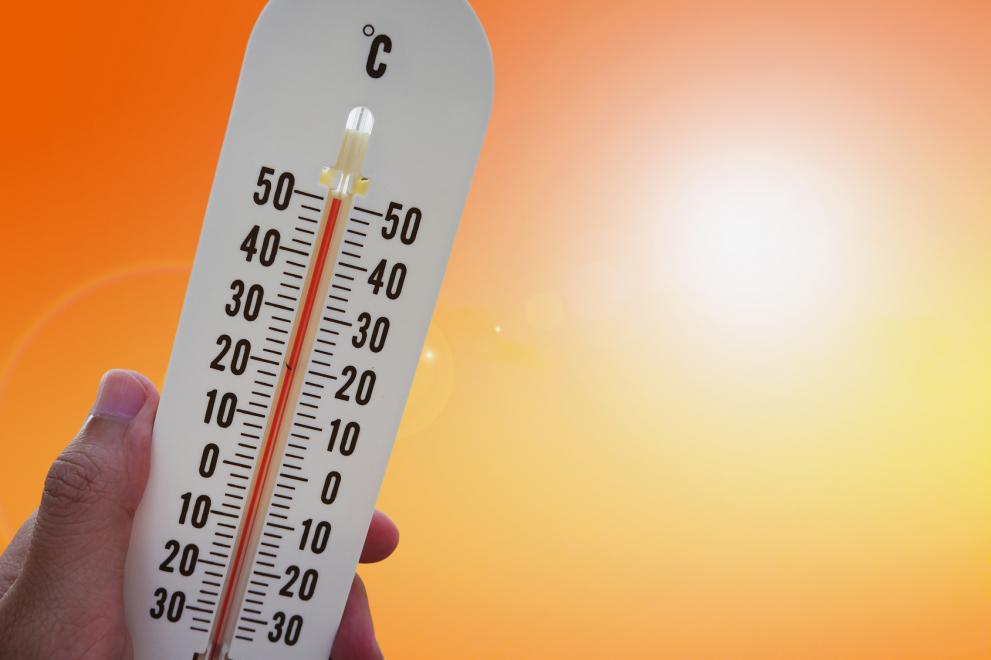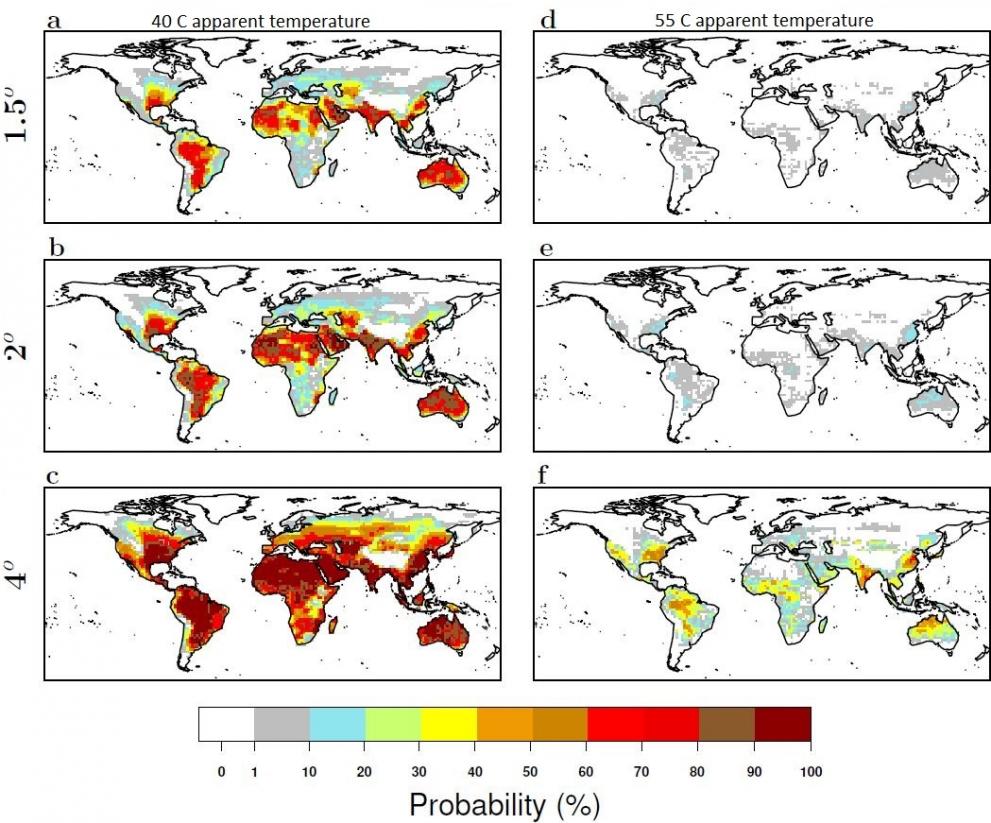
Heatwaves amplified by high humidity can reach above 40°C and may occur as often as every two years, leading to serious risks for human health.
If global temperatures rise by 4°C, a new super heatwave of 55°C may regularly impact many parts of the world, including Europe.
A recently published study by the Joint Research Centre (JRC) – the European Commission's science and knowledge service – analyses the interaction between humidity and heat.
The novelty of this study is that it looks not only at temperature but also at relative humidity in estimating the magnitude and impact of heatwaves.
It finds that the combinations of the two, and the resulting heatwaves, leave more people exposed to significant health risks, especially in East Asia and America's East Coast.
Warm air combined with high humidity can be very dangerous, as it prevents the human body from cooling down through sweating, leading to hyperthermia.
As a result, if global warming trends continue, many more people are expected to suffer from sun stroke, especially in densely populated areas of India, China and the US.
The study analyses changes in the annual probability of high humidity heatwaves since 1979 under different global warming scenarios. If global temperatures increase by up to 2°C above pre-industrial levels, the combined effect of heat and humidity (known as apparent temperature or Heat Index) will likely exceed 40°C every year in many parts of Asia, Australia, Northern Africa, and South and North America.
Europe will be least affected, with up to 30% probability of having such strong annual heatwaves.

However, if temperatures rise by 4°C, a severe scenario is on the horizon. Scientists predict that a new super-heatwave will occur, with apparent temperatures peaking at above 55°C – endangering human life. It will affect densely populated areas such as the US' East coast, coastal China, large parts of India and South America.
Under this global warming scenario, Europe is likely to experience annual heatwaves with apparent temperatures regularly above 40°C, while some regions of Eastern Europe may be hit by heatwaves with temperatures above 55°C.
The authors highlight that although some urban areas such as Chicago and Shanghai are not considered to be at high risk of heatwaves based on temperature alone, the probability of extreme weather strongly increases when relative humidity is taken into consideration.
According to the study, the effect of relative humidity on the magnitude and peak of heatwaves might be underestimated in current research. The results of the study support the need for urgent mitigation and adaptation measures to address the impacts of heatwaves, and indicate regions where new adaptation measures might be necessary to cope with heat stress.
The study draws on the Apparent Heat Wave Index (AHWI), a composite index for humidity and heat developed by JRC's Competence Centre on Composite Indicators and Scoreboards.
The paper is published in Scientific Reports (Springer Nature) and provides valuable data and visualisations for future adaptation and mitigation policies.
Details
- Publication date
- 8 August 2017
